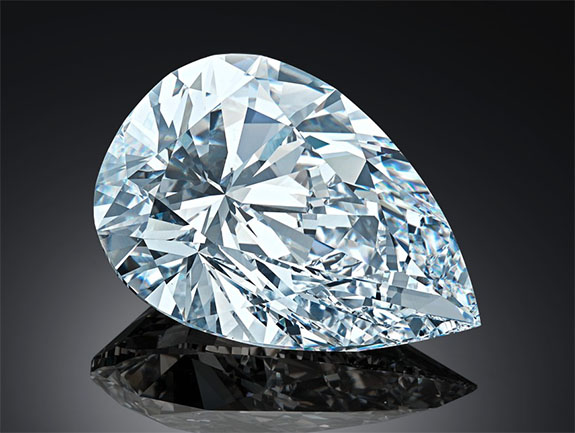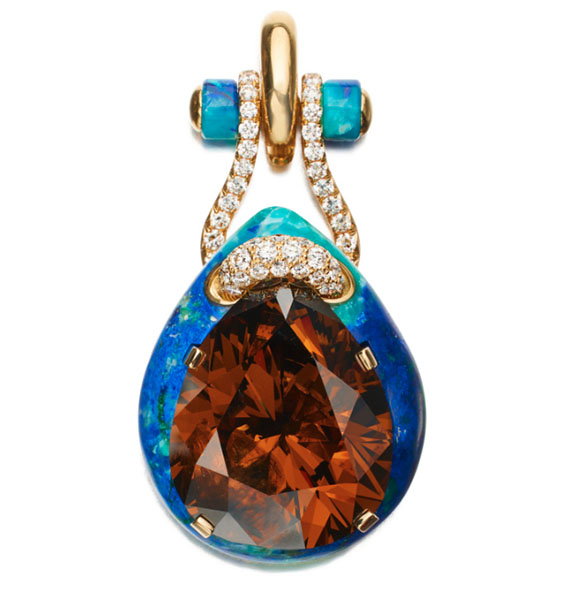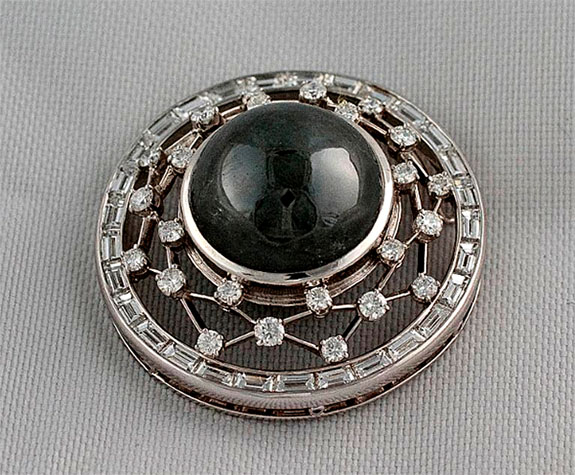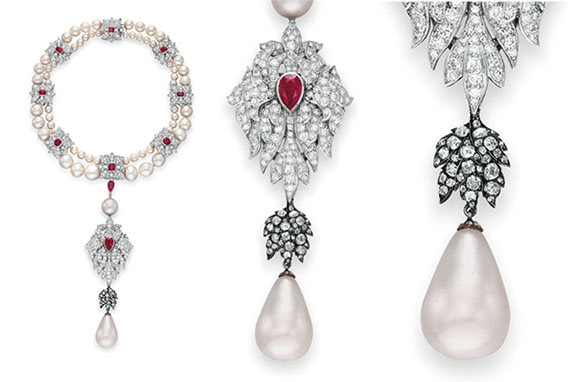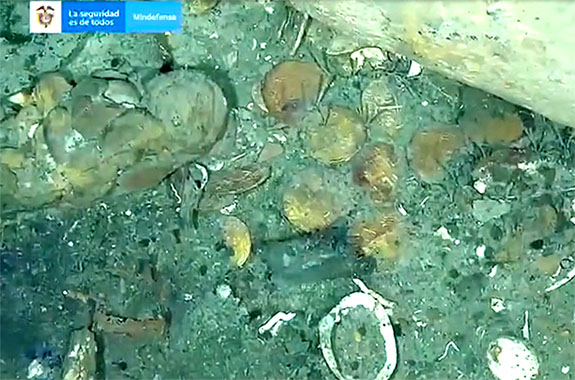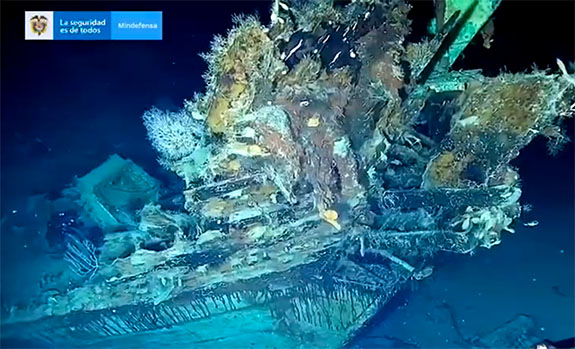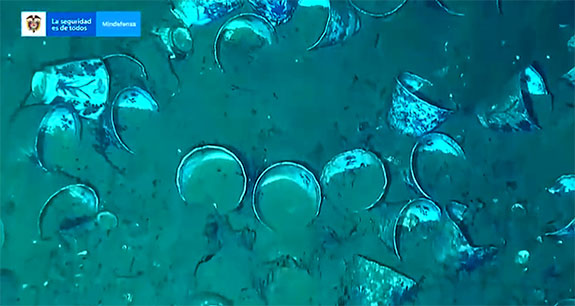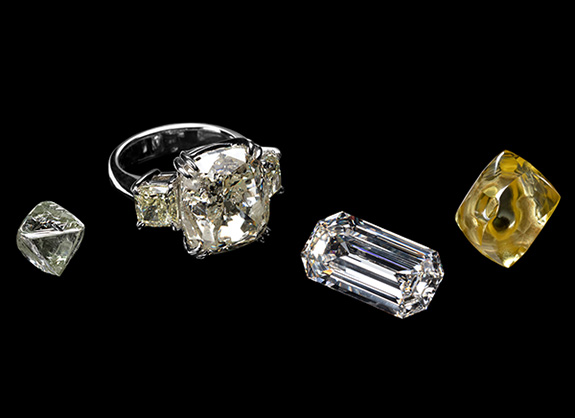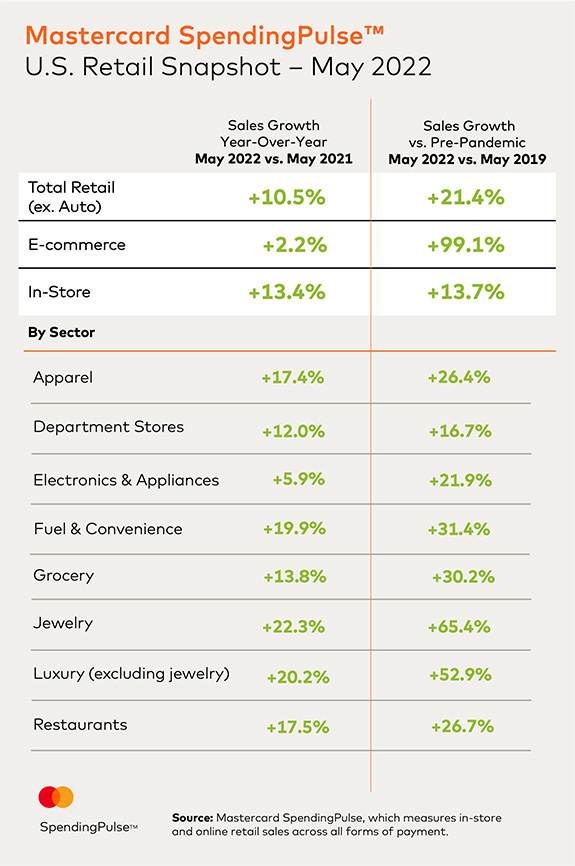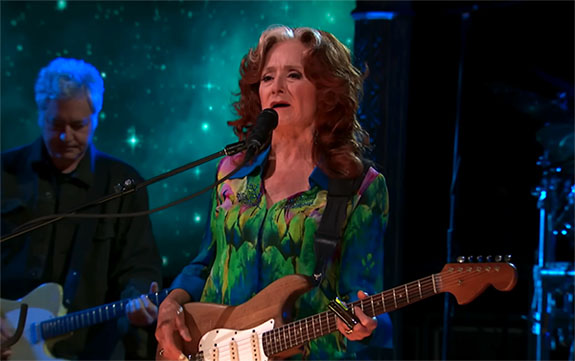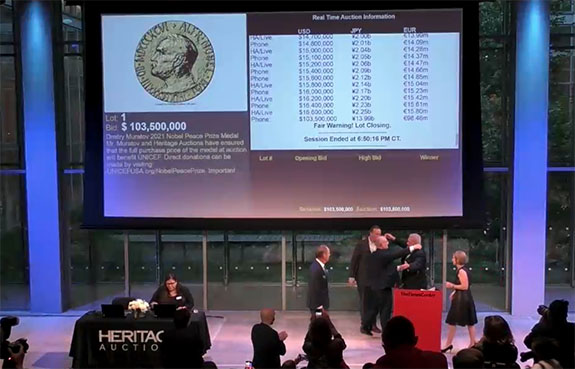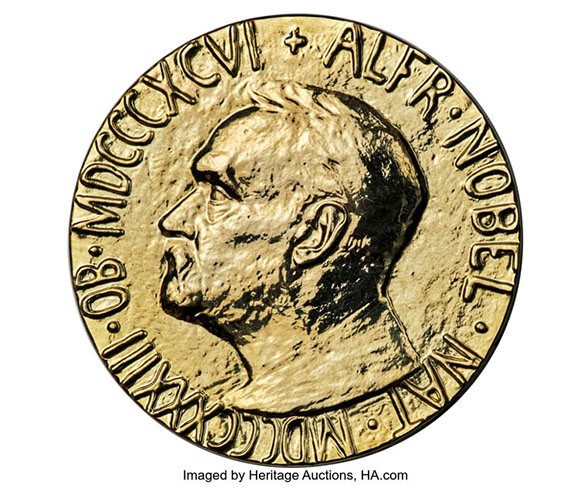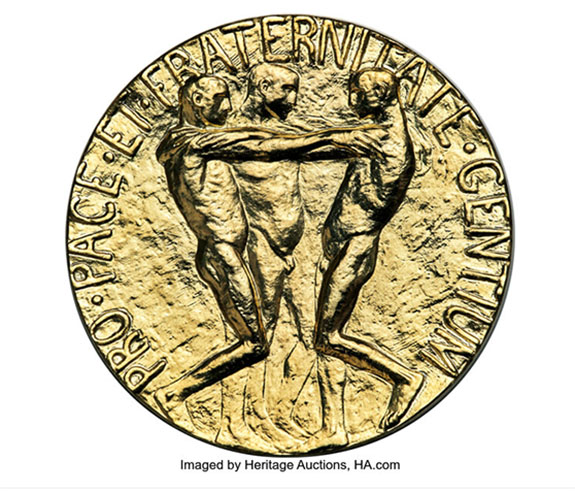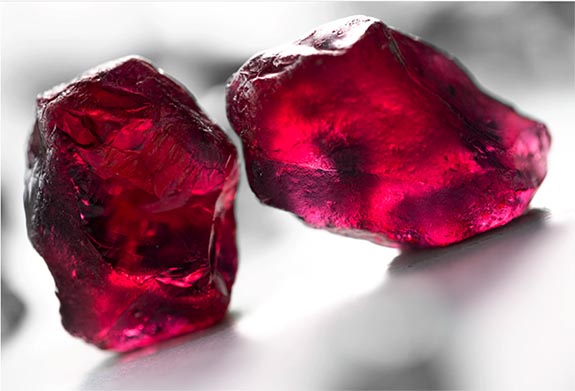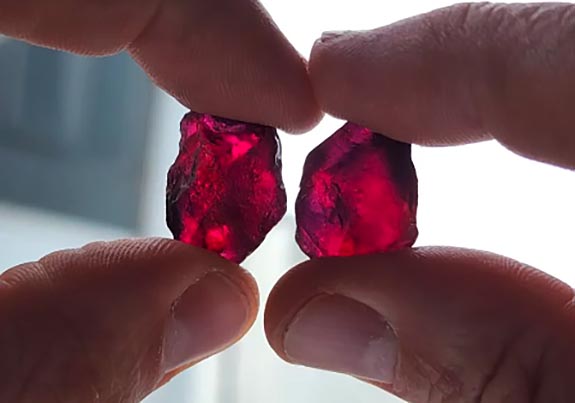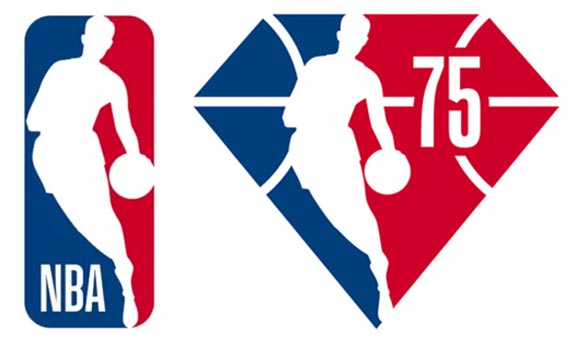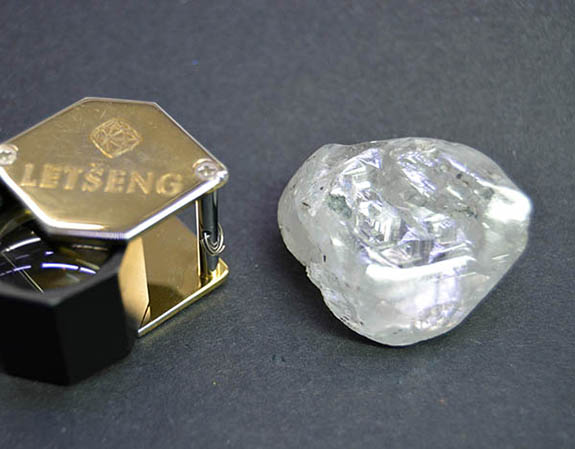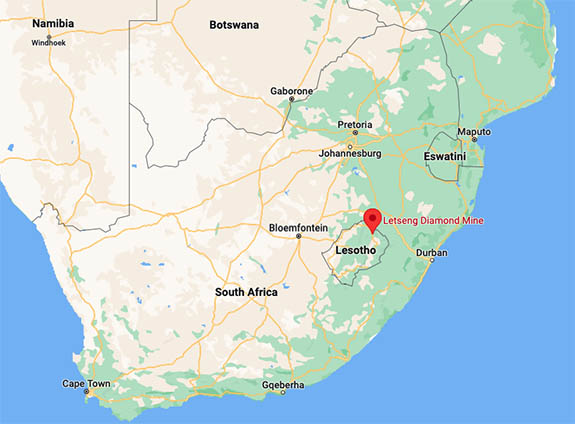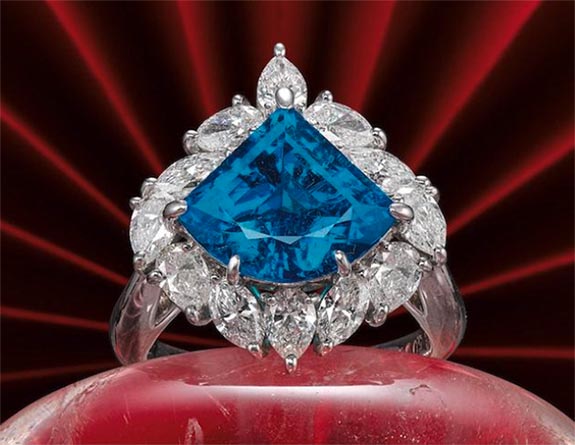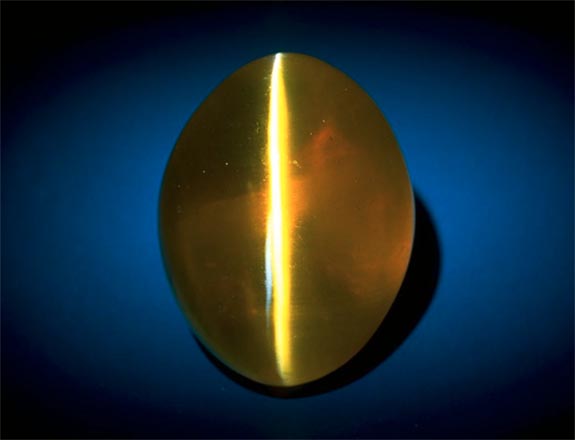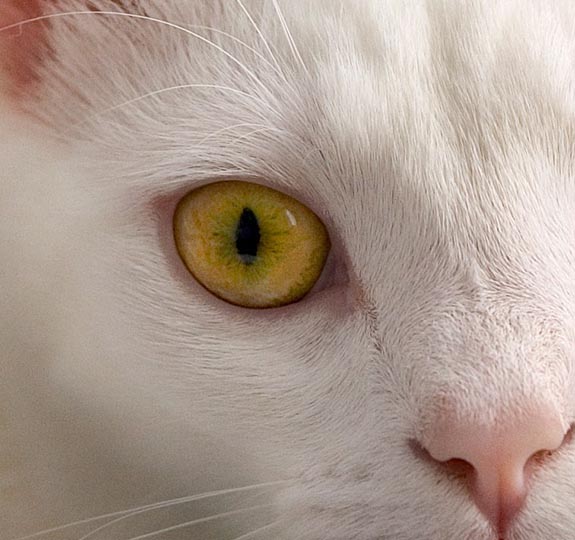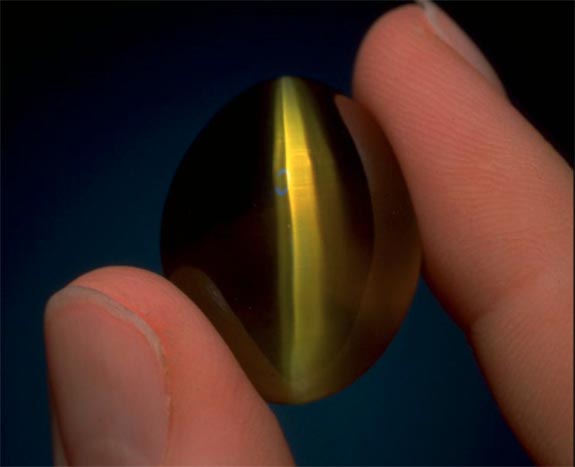June 1st, 2022
The Winnipeg Blue Bombers received their 2021 Grey Cup Championship Rings Saturday night during a soiree held at the exclusive Pinnacle Club at IG Field. The two-tone rings tell the story of the club's back-to-back championships, as well as its stunning 33-25 overtime triumph against the Hamilton Tiger-Cats in the title game this past December.

Designed in 10-karat gold by Canadian jeweler Baron Championship Rings, the face of the dazzling keepsakes feature the club's iconic "W" logo outlined in blue enamel sitting atop the diamond-studded Grey Cup and surrounded by a contrasting 10K yellow gold halo with raised lettering spelling out the phrase "Grey Cup Champions."
The bottom section of the Grey Cup includes 33 diamonds to represent the number of points scored by the Blue Bombers in their overtime win. Above the Grey Cup, on the shoulder of the ring, is the number "108" to signify the 108th Grey Cup. The word "Winnipeg," a nod to the team's host city, anchors the shoulder on the opposite side.

The outer edge of the ring is lined with 12 round sapphires, representing the organization's total championship wins. There are six on one side and six on the other, all set in yellow gold and separated by the phrases "Blue Bombers" and "Back-to-Back."
One side of the ring displays the player's name, position and jersey number rendered in diamonds over a gridiron background.
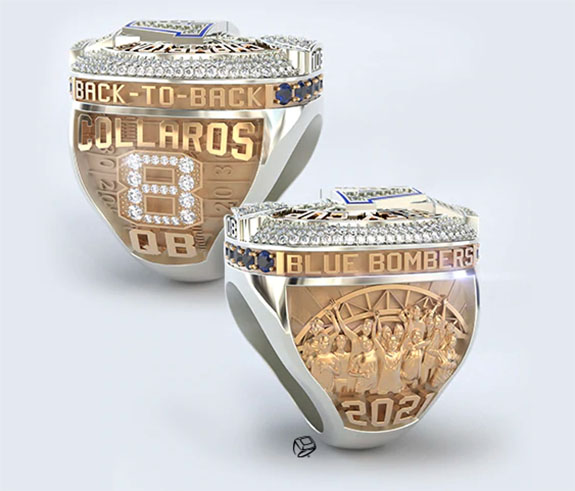
The opposite side includes a unique and detailed etching of a real photo of fans taken during the championship season. The fans — famous for being the CFL's loudest — are framed by the IG Field arches and the year 2021.
The team's season record is etched on the outer shank of the ring, while the inner shank is engraved with a personalized message unique to each player.
Also on the inside of the ring is the final score of the 108th Grey Cup along with the initials "FIFO" and the team's slogan, "For The W."
"FIFO" was written on a sign above the doors in the Blue Bombers’ locker room. When spelled out, the acronym summed up the organization’s philosophy when it came to assembling the right group of football players to deliver a championship. A family-friendly translation of the off-color phrase would be "fit in or find your way out."
Assisting in the design process was a committee that included linebacker Adam Bighill, receiver Nic Demski, defensive end Willie Jefferson and Rhéanne Marcoux, the Blue Bombers' Director of Creative & Content.
Credits: Images courtesy of Baron Championship Rings.

Designed in 10-karat gold by Canadian jeweler Baron Championship Rings, the face of the dazzling keepsakes feature the club's iconic "W" logo outlined in blue enamel sitting atop the diamond-studded Grey Cup and surrounded by a contrasting 10K yellow gold halo with raised lettering spelling out the phrase "Grey Cup Champions."
The bottom section of the Grey Cup includes 33 diamonds to represent the number of points scored by the Blue Bombers in their overtime win. Above the Grey Cup, on the shoulder of the ring, is the number "108" to signify the 108th Grey Cup. The word "Winnipeg," a nod to the team's host city, anchors the shoulder on the opposite side.

The outer edge of the ring is lined with 12 round sapphires, representing the organization's total championship wins. There are six on one side and six on the other, all set in yellow gold and separated by the phrases "Blue Bombers" and "Back-to-Back."
One side of the ring displays the player's name, position and jersey number rendered in diamonds over a gridiron background.

The opposite side includes a unique and detailed etching of a real photo of fans taken during the championship season. The fans — famous for being the CFL's loudest — are framed by the IG Field arches and the year 2021.
The team's season record is etched on the outer shank of the ring, while the inner shank is engraved with a personalized message unique to each player.
Also on the inside of the ring is the final score of the 108th Grey Cup along with the initials "FIFO" and the team's slogan, "For The W."
"FIFO" was written on a sign above the doors in the Blue Bombers’ locker room. When spelled out, the acronym summed up the organization’s philosophy when it came to assembling the right group of football players to deliver a championship. A family-friendly translation of the off-color phrase would be "fit in or find your way out."
Assisting in the design process was a committee that included linebacker Adam Bighill, receiver Nic Demski, defensive end Willie Jefferson and Rhéanne Marcoux, the Blue Bombers' Director of Creative & Content.
Credits: Images courtesy of Baron Championship Rings.



